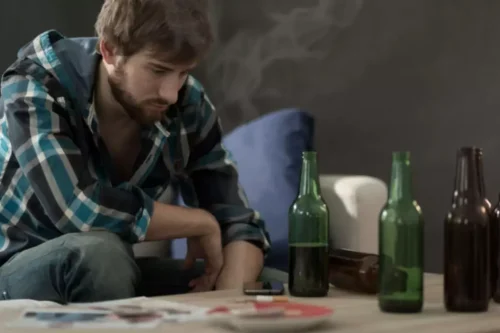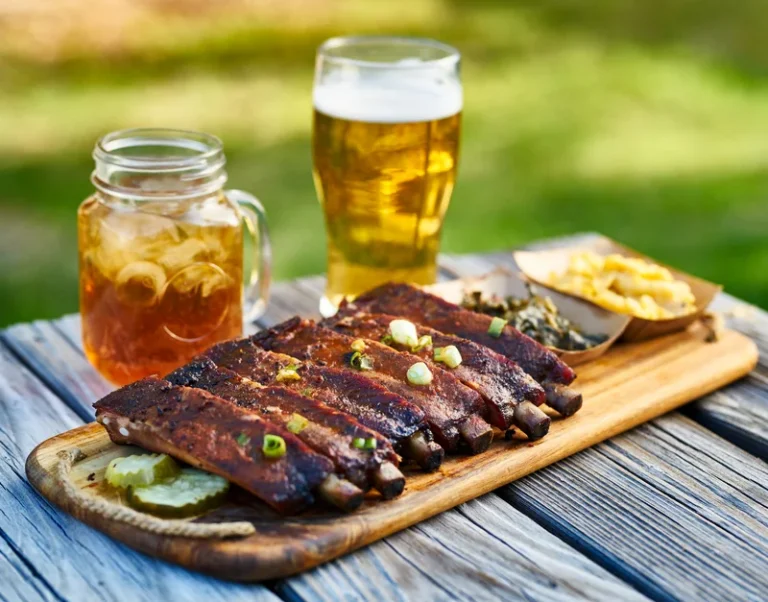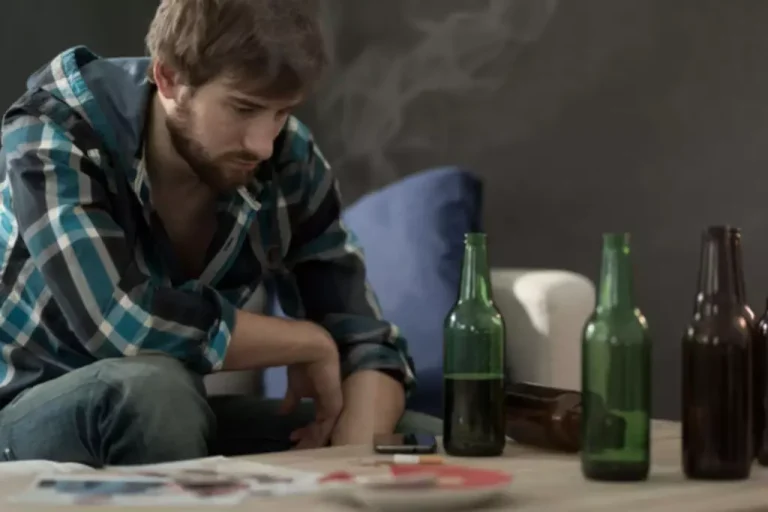
You gain the same learning opportunity from any relapse, regardless of its cause or trigger. For example, you might unexpectedly realize scenes of drinking or drug use in a movie trigger an urge to take the substance, even though the depiction isn’t real. You might leave the theater feeling frustrated, uncomfortable, and disappointed in yourself—but you shouldn’t. Physical dependence shows when you feel sick without taking the substance. Your body starts using the substance to meet a sense of homeostasis, and if you stop taking it, you’ll likely feel sick.

How Is Recovery.com Different?
„Nobody recovered from addiction dead. My feeling is if we can keep people alive long enough, we know eventually the majority get recovery,“ he said. One troubling question is whether this pattern — multiple relapses leading to eventual recovery — will continue now that more street drugs are contaminated with the deadly synthetic opioid fentanyl. There are stark differences in how the body and brain respond to alcohol and different drugs. „Things that I thought I would never gain again, through the process of recovery I have them all,“ she said.

Indicators of Addiction
A private oceanside center treating addiction and co-occurring mental health with tailored plans, evidence-based care, fun beach activities, and support for working professionals. Warren is a Licensed Master Social Worker, who specializes in substance abuse and mental health treatment. Clinically, Warren has developed a therapeutic skillset that utilizes a strengths-based perspective, Twelve Step philosophies, Cognitive Behavioral Therapy and Motivational Interviewing. There might be people in your life who encourages substance use and get you rebuilding life after addiction addicted. The first thing you should do during early recovery with us is to cut such people out of your life.
Why Sober?
We have treatment facilities throughout Texas and New Mexico with multiple treatment program options. Recovery housing provides a stable living environment after the completion of a treatment program. Recovery housing facilities provide a place that’s between a controlled treatment environment and real-world living.
Words don’t mean a thing if meaningful actions don’t follow them, and this gives you the opportunity to really solidify your relationships with loved ones. Keep the promises that you make, follow through on what you said you’d do now and in the long term. This won’t just go a long way in mending relationships but will also have the added advantage of helping you feel better about yourself too. Be open to modifying your goals, strategies, or routines if they are not proving to be effective; remain flexible and adaptable. In the face of a setback, be sure to reflect on the underlying factors that led to it and create a plan to address it in the future.
Building a Strong Foundation: The Power of Structure and Routine in Recovery

Such triggers are especially potent in the first 90 days of recovery, when most relapse occurs, before the brain has had time to relearn to respond to other rewards and rewire itself to do so. Learning what one’s triggers are and acquiring an array of techniques for dealing with them should be essential components of any recovery program. Although addiction tends to cut people off from longtime friends, social support is a significant predictor of recovery. They may know something about the person’s deepest aspirations and voice them as a reminder that can help the person remain on the road to recovery. And they can help plan healthy joint activities to ensure that there are good days. Only 1.0 percent of people receive substance abuse treatment as an inpatient or outpatient at a specialty facility.
Adapting to Change
Learning new coping skills for dealing with unpleasant feelings is another pillar of recovery. An aftercare plan is a structured program that can help you maintain sobriety after completing addiction treatment. A detailed aftercare plan can provide ongoing support through counseling and therapy, support groups, lifestyle changes, and relapse prevention strategies. The most critical step to follow after addiction treatment with Lantana is to identify your life goals and set about following them. These goals can be anything from continuing your education to rebuilding relationships with family members and friends. Your family members and friends can be a huge support during your addiction recovery.
The Role of Relapse in the Addiction Cycle
- Building a social network after treatment is crucial for maintaining resilience and preventing relapse.
- For example, case management in aftercare for substance abuse may involve coordinating access to sober housing and helping a person with employment resources after leaving formal addiction treatment.
- A good aftercare plan offers structure and resources to ensure long-term recovery.
- In some cases, people may even suffer from physical relapse, reverting to alcohol or drug abuse.
Keough said hearing her mother’s voice in the recordings was at times „heartbreaking,“ but she enjoyed listening to happy memories, like how her parents met and fell in love. In the wake of Lisa Marie’s death, there was a battle over Graceland. Riley became the sole owner and her grandmother Priscilla Presley received a $1 million settlement.


Your body’s condition is influenced by what you eat, and it may now be showing signs of malnutrition caused by long term neglect. It is crucial to minimize fats, cut junk food out from your diet, cut out sugar and unhealthy food and eat fresh fruit, veggies, fish, and lean meats daily. Also, drink lots of water and cut back on coffee or energy drinks. • Connection—being in touch with others who believe in and support recovery, and actively seeking help from others who have experienced similar difficulties. Researchers have studied the experiences of many people who have recovered from substance use and identified key features of the recovery process. One widely used model can be summed up in the acronym CHIME, identifying the key ingredients of recovery.
